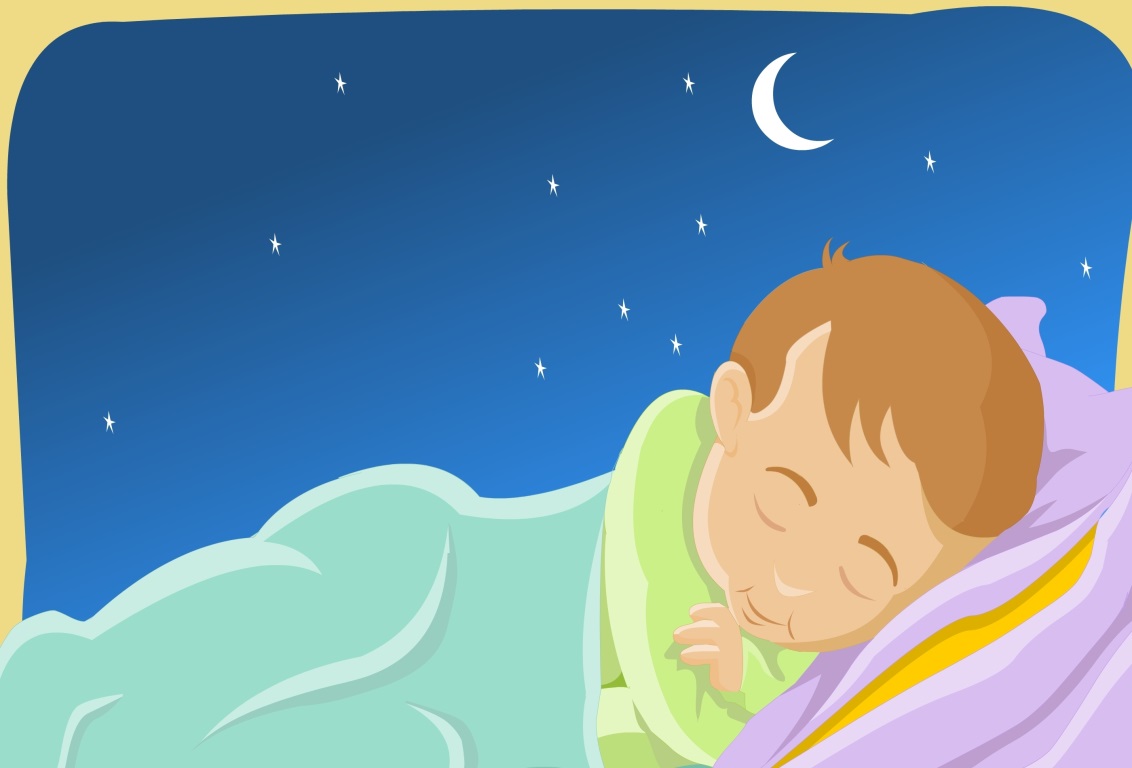The 10 Most Common Sleep Disorders
According to the National Commission on Sleep Disorder Research, it’s estimated that as many as 40 million Americans suffer from chronic sleep disorders and an additional 20 to 30 million experience occasional sleep disruptions. There are several types of sleep disorders, and the causes and treatments vary for each one. Here’s a look at the 10 most common sleep disorders:
Insomnia
Insomnia is perhaps the most common sleep disorder, which simply consists of difficulty falling and/or staying asleep. There are many sub categories of insomnia, such as primary – where health conditions aren’t associated with it – or secondary insomnia – where health conditions are responsible for it. Insomnia can be short-term (acute) or long-term (chronic).
Restless Legs
Restless Leg Syndrome, or RLS, occurs in 2 to 5 percent of adults. It’s characterized by itching, aching and burning of the legs while falling asleep, creating discomfort.
Sleep Apnea
Sleep apnea occurs when one’s upper airways are obstructed during the night, causing a temporary lapse in breathing. About 4 percent of men and 2 percent of all women suffer from sleep apnea, which can have dire health consequences.
Narcolepsy
Although rare, narcolepsy is arguably the most dangerous sleep disorder. It occurs when someone experiences extreme sleepiness during the daytime hours, causing them to fall asleep without warning.
Sleep Walking
Sleep walking occurs mostly in children and consists of episodes of literally walking while still sleeping. It typically occurs within the first three hours of sleep and most episodes last 10 minutes or less.
Nocturia
Most common in older populations, this disorder is characterized by the sudden awakening during the night due to a sudden urge to urinate.
Sleep Talking
Also known as somniloquy, sleep talking is, well, when a person talks during their sleep. It’s a common disorder that’s typically not a medical concern. Sleep talking episodes usually last 30 seconds or less.
Bruxism
Bruxism is when one grinds their teeth as they sleep.
Circadian Rhythm Issues
Jet lag, shift work and pregnancy can all cause circadian rhythm issues, which are disruptions to a person’s internal body clock that regulate their daily cycle of activity.
REM Sleep Disorder
REM Sleep Behavior Disorder, or RBD, occurs when normal activity that should be occurring during REM sleep is absent, thereby causing a person to act out – sometimes in violent fashion – his or her dreams.
Learn more about the effects of sleep deprivation and sleep disorders in our Snoring articles section!
Trackback from your site.

